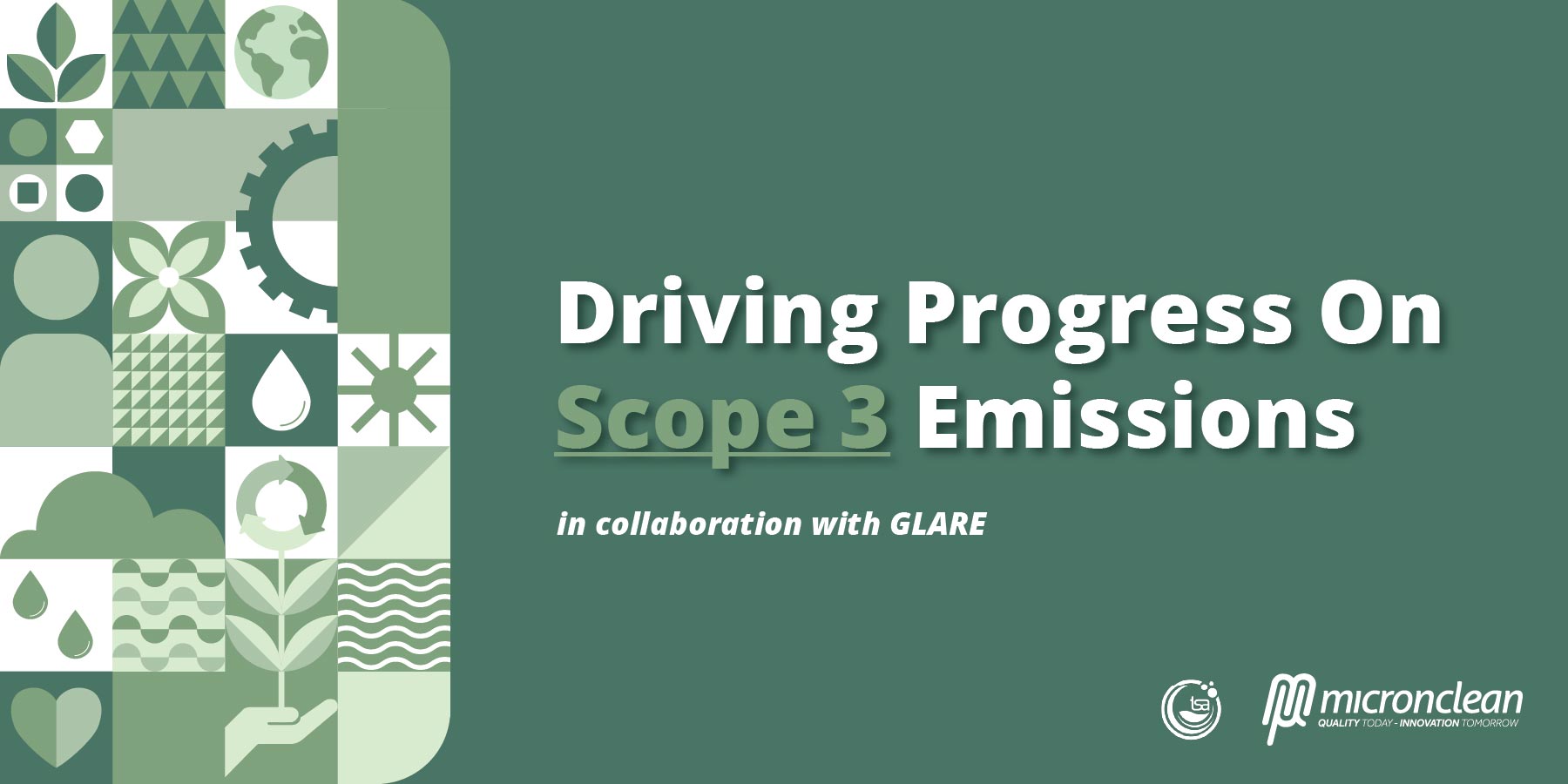MicronGreen: Driving Progress on Scope 3 Emissions Through Industry Collaboration
 BlogDurabilitéMicronGreen11.11.2025
BlogDurabilitéMicronGreen11.11.2025
As part of our MicronGreen initiative significant progress has already been made in reducing our Scope 1 and 2 emissions. Our attention is now turning to the more complex and wide-reaching challenge of understanding and addressing our Scope 3 emissions.
Scope 3 emissions refer to all of the indirect emissions that occur across a company’s value chain, both upstream and downstream. For a business like us, with a global supply chain and wide-reaching operational impact, these emissions represent the majority of our carbon footprint.
In 2024, we initiated a focused programme to collect Scope 3 emissions data across five core categories:
- Upstream transport and distribution.
- Operational waste.
- Business travel.
- Employee commuting.
- Downstream transport and distribution.
This work is essential in building a complete and accurate picture of our environmental impact and identifying meaningful opportunities for reduction.
Addressing Scope 3 emissions is a challenge for any organisation, but within the laundry and cleanroom sector, standardised and relevant tools are still emerging. That’s why we are proud to be supporting the Textile Services Association (TSA) in the development of GLARE (Green Laundry and Reporting Emissions) a pioneering, industry-specific carbon reporting tool.
GLARE is designed to bring clarity and consistency to how emissions are measured and reported within the commercial laundry sector, helping businesses like Micronclean better understand their environmental impact and take targeted action.
The complexity of supply chains and the variety of stakeholders involved means that collaboration across the industry is vital. By working together in sharing insights, data, and solutions, we can collectively raise standards and accelerate the transition to a low-carbon future within the industry.
We plan to begin using GLARE in 2025 to report our Scope 3 emissions more accurately and transparently. This will give us a true understanding of where we can take immediate reduction action, and how we plan longer-term strategic operations under our MicronGreen umbrella.
Find out more by reading our latest Microngreen Report
